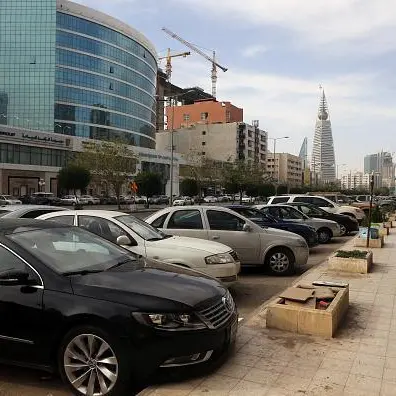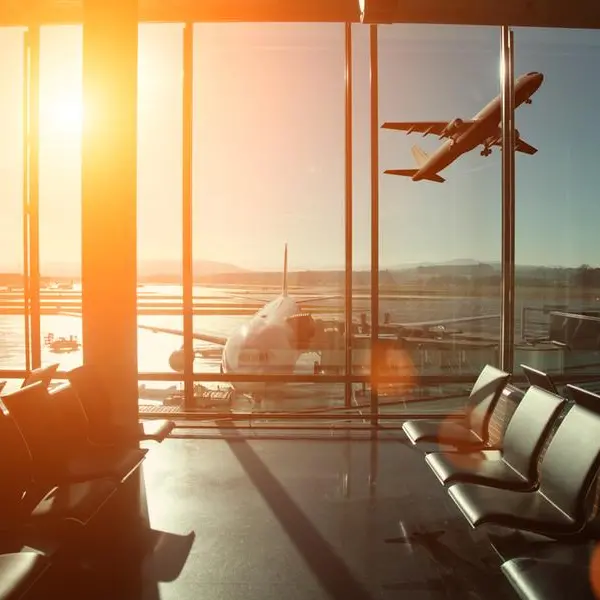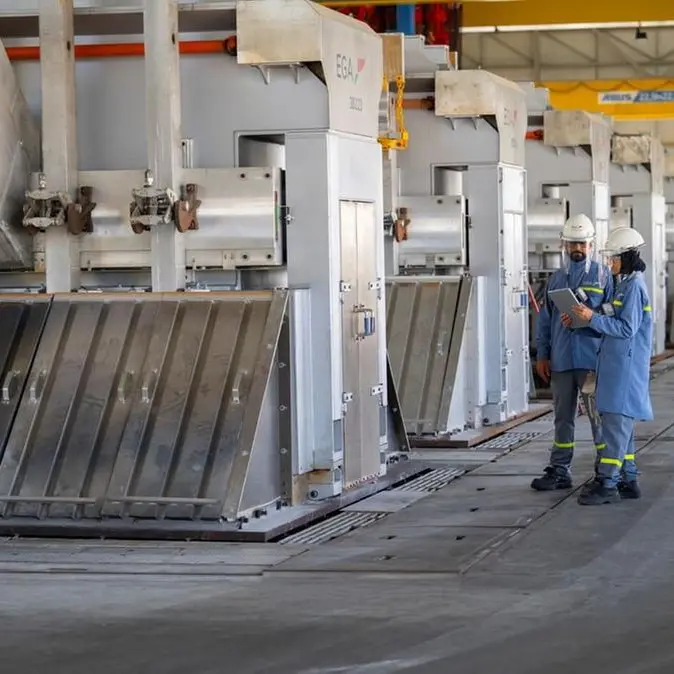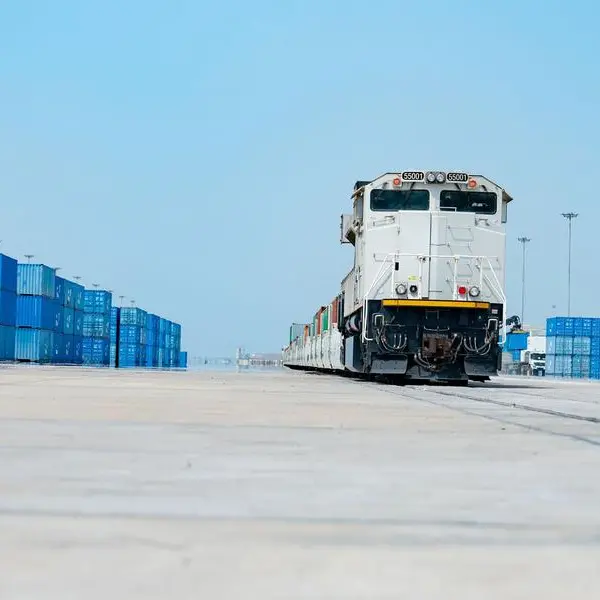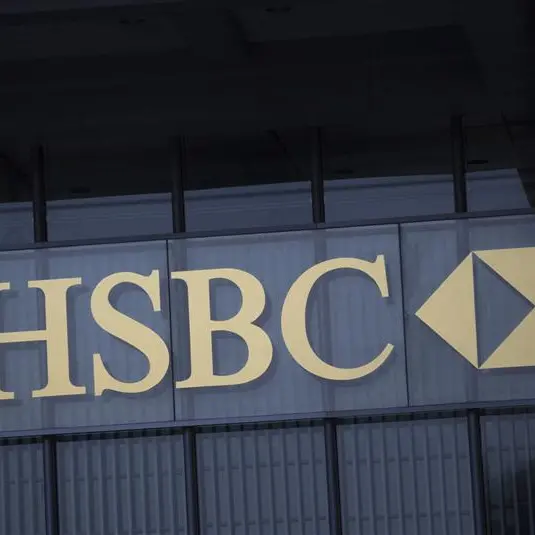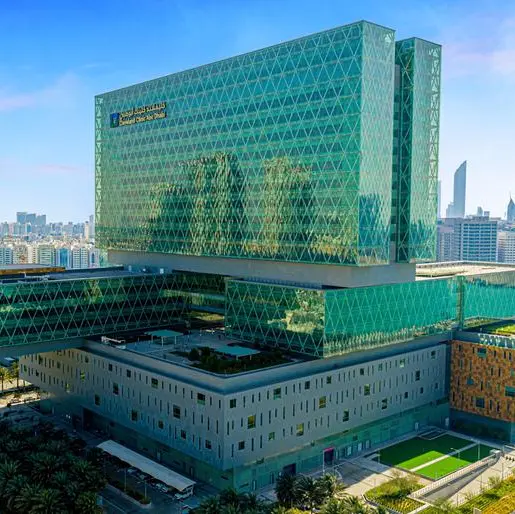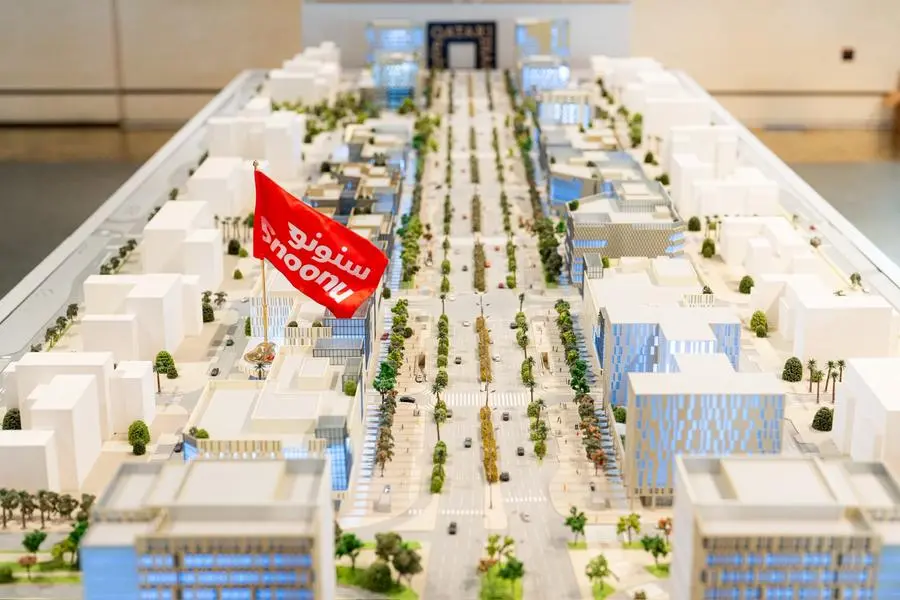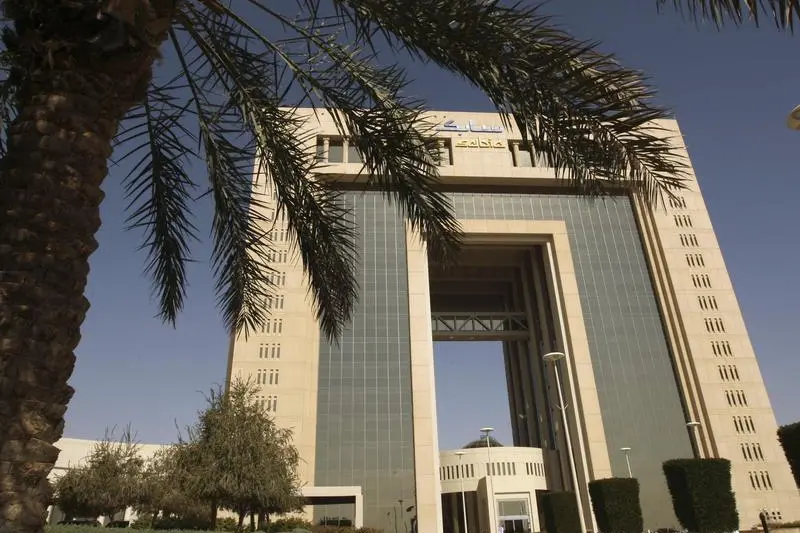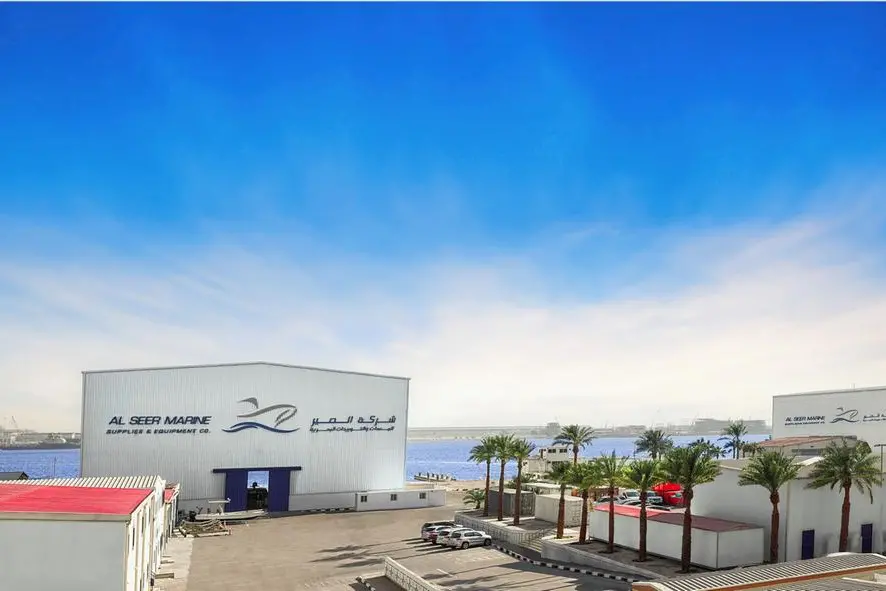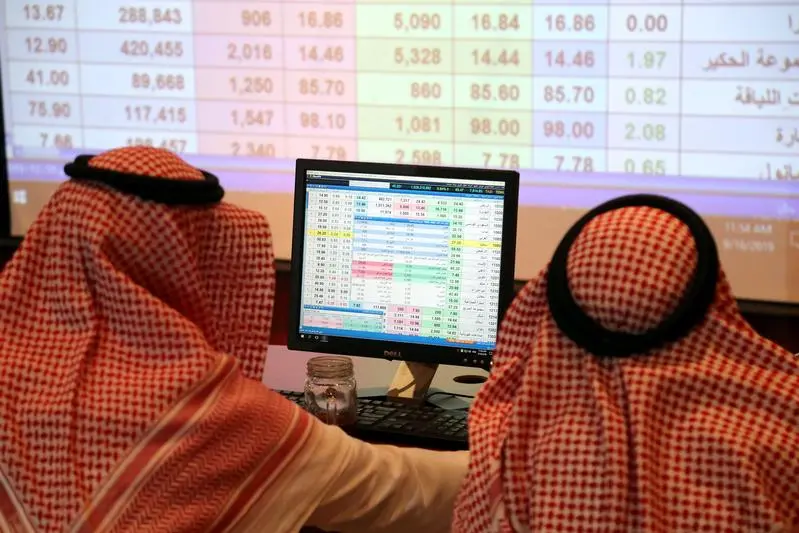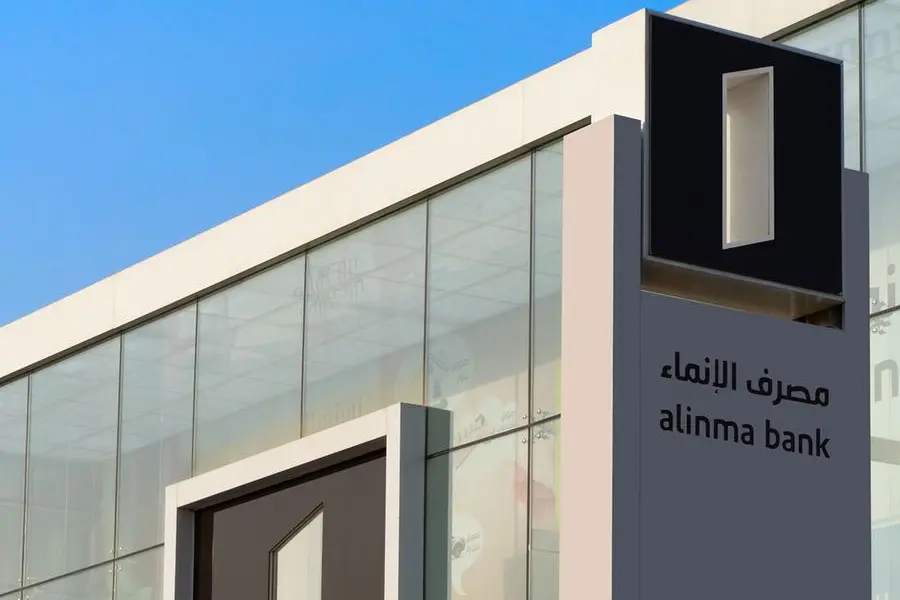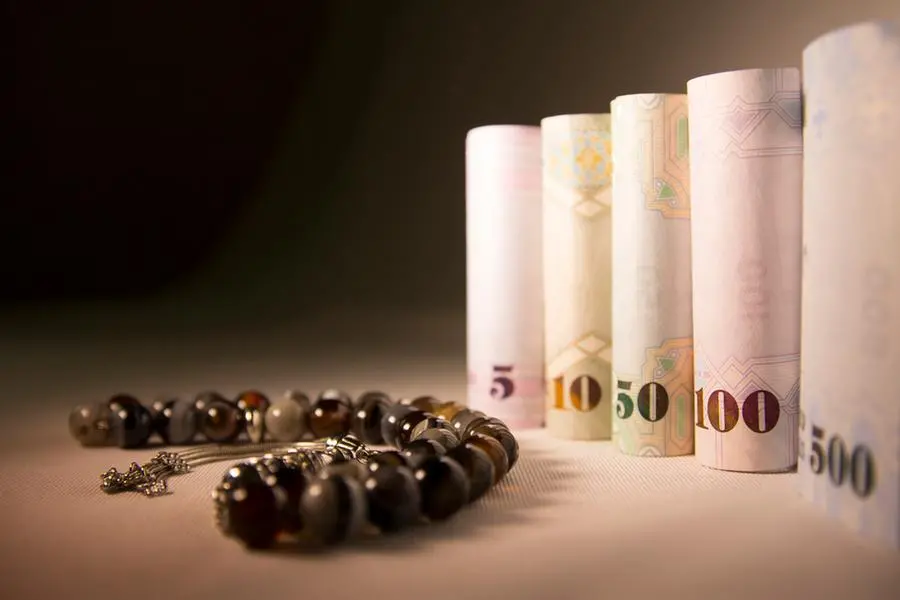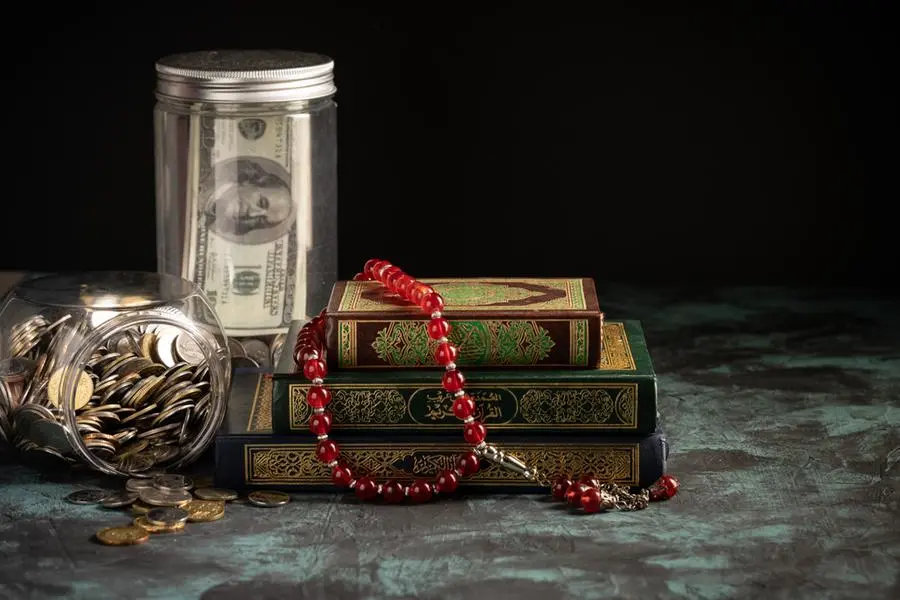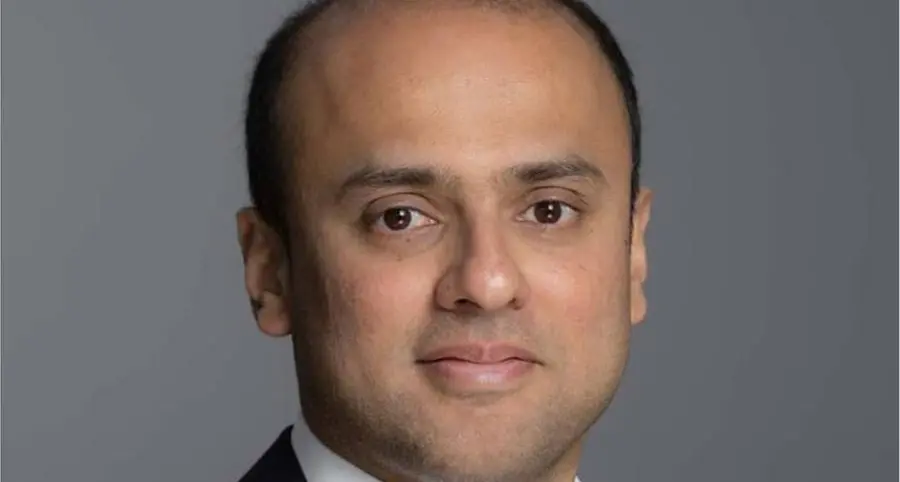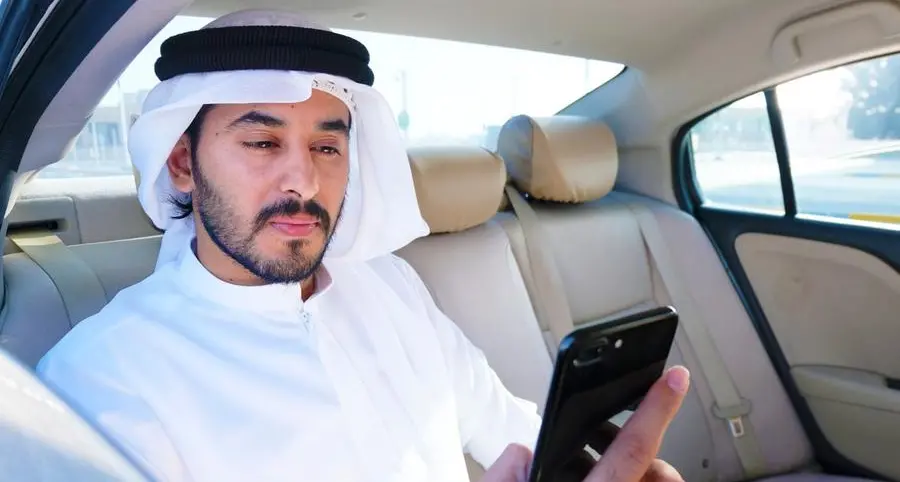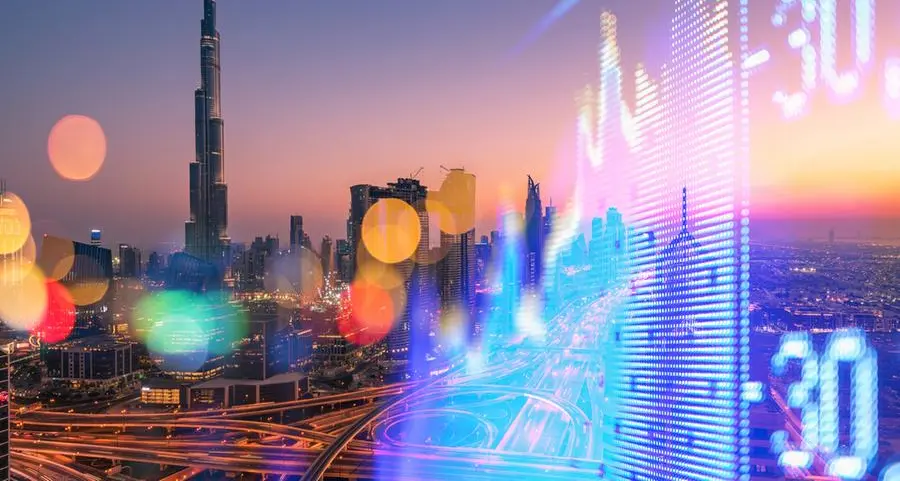Friday, Oct 09, 2009
Gulf News
Dubai: Looking at Dubai's modern skyscrapers along Shaikh Zayed Road, the main thoroughfare, one might wonder, is this an Arab city? One would ask the same question after a walk around downtown Abu Dhabi.
About 13 of the world's 100 tallest skyscrapers are located in Dubai, which also hosts 53 skyscrapers that have exceeded 180 metres in height, according to available statistics. When all the announced 100-plus-storey towers are completed, Dubai will host more than half of the world's total "super-tall skyscrapers."
As Dubai completes the 818-metre-tall, 160-floor Burj Dubai later this year - which is 311 metres higher than its closest competitor, Taipei 101 - another planned 224-storey tower is looking for a suitable foothold in the region - Abu Dhabi or elsewhere.
Then, where is the Arab culture and heritage? Have these cities lost their Arabic identity? How does one brand them?
These questions usually pop up in the minds of many foreigners while wandering around the city's vibrant neighbourhoods. Downtown looks like "little India" or a "China Town" depending on the crowd on the streets. However, the buildings tell a different story - a miniature version of Manhattan or Dallas downtown?
Did the developers, engineers, architects and designers give these questions proper thought as they raced against time to build the skyscrapers.
These cities of superlatives have, over a very short span of time, outgrown many global metropolises. However, the architects might have overlooked the very aspect of the cities' own identity.
"Because Dubai grew so quickly, the historical aspects of the city got missed out," said Zinon Marinakos, director of DSA Architects International - the company which tried to retain some of Dubai's Arabic culture and heritage in designing Madinat Jumeirah, The Old Town in Burj Dubai Downtown and the Royal Mirage Hotel and Resort.
"Having said that, in certain districts of Dubai, you still see the traditional Arabic designs that are reflected in architecture.
"On the Madinat Jumeirah, the vision of His Highness Shaikh Mohammad Bin Rashid Al Maktoum, Vice President and Prime Minister of the UAE and Ruler of Dubai, was to recapture the tradition, culture and spirit of Arabia which was lost to the sudden rise of the commercial city of Dubai.
"In most of our projects, we try to reflect the essence of culture and heritage and Madinat Jumeirah, the Old Town and the Royal Mirage are some of them."
Some architects blame it on the clients.
"It's really what the clients want. We go by the briefs given by the client," says Ali Momenzadeh, managing partner of Dubarch, a Dubai-based architectural design farm.
"If Dubai or Abu Dhabi wants to retain or regain the Arabic heritage and culture, the authorities should impose such regulations or identify districts where Arabic-inspired architecture would thrive and that will re-balance the city's landscape and strengthen the Arabic design elements."
However, some people do not mind the vibrant, modern look.
"Dubai is a global city, an international hub where nearly 150 nationalities live and work. It needs to have that international feel as a modern, vibrant city," Anna Klingmann, a New York-based architect and brand consultant, told Gulf News.
"Dubai is more than an Arab city, to me it has an international appeal."
Echoing the same, Ramzi Fatayer, marketing manager of East Models, says, "We are in the age of globalisation. That's why clients and developers cater to the same popular taste while planning and designing a building.
"Also iconic projects such as Burj Al Arab and Burj Dubai reinforce the city's position on the global map and help its branding as a vibrant metropolis. However, you do see Arabic heritage in parts of the city and I think that works well."
Part of the problems, according to Paul Murphy, associate director of Arup - a global engineering firm - is that there wasn't enough reference from which to build the design.
"Around this part of the world, there wasn't much architectural heritage to pick up from. So, most designers picked design concepts from their own practices and went with the client's briefs," he said.
"But having said that, there are now quite a few developments that reflect the Arab culture and heritage, such as the Madinat Jumeirah, Old Town in Burj Dubai district."
He said, the newness and the vibrancy of Dubai inspires new designs and Dubai has been a breeding ground for good architectural designs.
"Since you do not have to get approval from so many authorities and you do not design under so many restrictions, Dubai offers the necessary freedom for designers to come up with some extraordinary designs, which is already visible in the city's skyline."
By Saifur Rahman, Business Editor
Gulf News 2009. All rights reserved.
